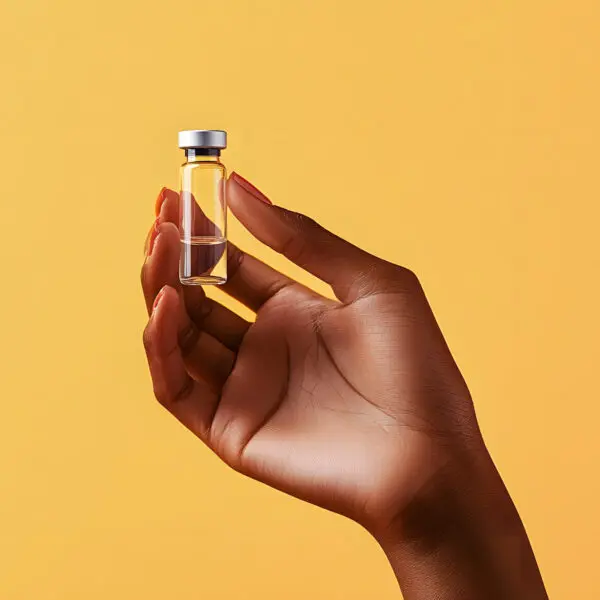Tissue engineering concerns designing a scaffold or environment that the stem cells can adhere to and become established. We many times call the scaffold a matrix. Tissue engineering is actually not a new concept. I have been using tissue engineering for over thirty years. When I was a resident in orthopedic training we would many times do bone grafts. The bone grafts would either be from the patient or from a “bone bank”. Typically, these cases were done when the bone would not heal or bone was missing from an accident. The bone graft was done to act as a scaffold to allow new bone cells to grow into the area. We have developed new substitutes for bone grafts. When all is said and done bone is still a very good scaffold since it matches what is already there.
When we look at tendons and joints the tissue engineering is much more difficult. First we have to look at the problem we are dealing with. When someone has a small portion of the joint involved we may not have as much of a tissue engineering challenge as we do with a large portion of the joint involved.
The engineered tissue materials must fulfill some fundamental requirements. At first they have to be immune-compatible and nontoxic. We do not want the body attacking the area. When the body attacks the area typically the stem cells will also perish. When the bio-material begins to degrade it must not release toxic substances which will undue all healing that has taken place. The last thing we want to do is make the stem cell niche inhospitable to the various stem cells. We must also make sure that the bio-materials survive a sufficient amount of time.
Beside these qualities, matrices formed from bio-materials must have distinct properties with regard to the desired kind of tissue they are programed to produce. Some of these properties concern mechanical strength, bioactivity, the speed of degradation, and drug/cell release significantly varies between different repair tissues. The repair of a tendon differs somewhat from the repair of cartilage tissue. Besides the used bio-materials themselves, the 3-dimensional structures of scaffolds have great influence on cell growth and differentiation. Scaffolds must be highly porous with interconnected pores. Some of the scaffolds will be coated with various growth factors. These coatings will encourage further growth and differentiation of the stem cells.
When we get down to the nitty gritty we still have a long way to go with bio scaffolds. We do have one bio scaffold that seems to be working very well. It has all the various attributes mentioned above and it is fairly inexpensive and has no chance of immune rejection. This scaffold is fat tissue that is taken from the patient. Fat has many of the the aspects we are looking for in a scaffold. It has a 3D structure, it contains growth factors, immune issues are non existent, and as an extra bonus is contains very powerful stem cells. Until something better comes along fat tissue seems to be the best and most logical choice.
Thanks Dr. P














